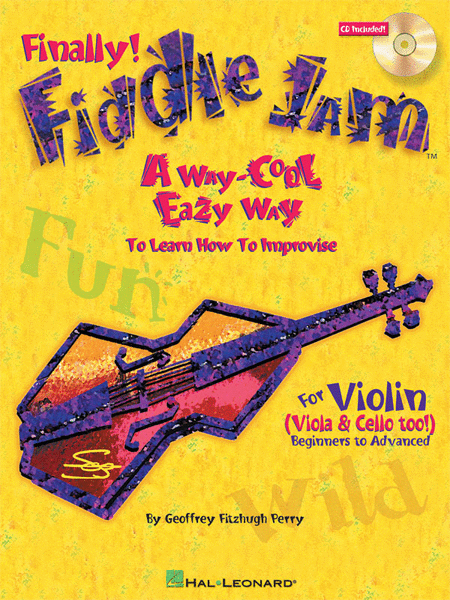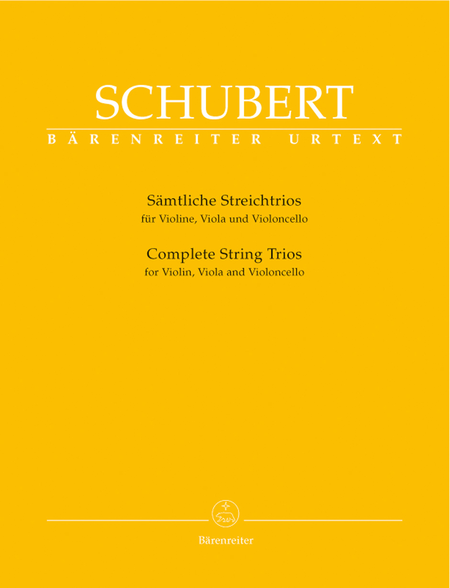Bereitet die Wege, bereitet die Bahn! (Prepare the
paths, prepare the road!), BWV 132, is a church cantata
by Johann Sebastian Bach. He wrote it in Weimar in 1715
for the fourth Sunday in Advent and first performed it
on 22 December 1715.
On 2 March 1714 Bach was appointed concertmaster of the
Weimar court capelle of the co-reigning dukes Wilhelm
Ernst and Ernst August of Saxe-Weimar. As
concertmaster, he assumed the principal responsibility
for composing new works, specifically cantata...(+)
Bereitet die Wege, bereitet die Bahn! (Prepare the
paths, prepare the road!), BWV 132, is a church cantata
by Johann Sebastian Bach. He wrote it in Weimar in 1715
for the fourth Sunday in Advent and first performed it
on 22 December 1715.
On 2 March 1714 Bach was appointed concertmaster of the
Weimar court capelle of the co-reigning dukes Wilhelm
Ernst and Ernst August of Saxe-Weimar. As
concertmaster, he assumed the principal responsibility
for composing new works, specifically cantatas for the
Schlosskirche (palace church), on a monthly schedule.
He wrote this cantata for the fourth Sunday in Advent,
dating it himself.
The prescribed readings for the Sunday were from the
Epistle to the Philippians, "Rejoice in the Lord alway"
(Philippians 4:4–7), and from the Gospel of John, the
testimony of John the Baptist (John 1:19–28). The
cantata text was written by the court poet Salomon
Franck and included the fifth verse of the chorale
"Herr Christ, der einig Gotts Sohn" (1524) of Elisabeth
Cruciger.[3] The cantata text was published in 1715 in
Evangelisches Andachts-Opffer. Franck paraphrases in
the first aria Isaiah 40:3–4, mentioned in the
gospel, "Bereitet dem Herrn den Weg" (Prepare the path
for the Lord), the same words which open Handel's
Messiah. Franck also refers to the baptism. The
individual Christian is addressed as a limb of
Christ.
The first aria is in da capo form in a swinging 6/8
time signature, accompanied by the full ensemble. The
soprano calls in melismas of several measures of
semiquavers.The oboe adds virtuoso figuration and
trills, reminiscent of Bach's secular music. The aria
is concluded by rejoicing calls: "Messias kömmt an"
(The Messiah arrives).
The tenor recitative contains extended arioso passages,
to stress "der Christen Kron und Ehre" (the Christians'
crown and glory) and "Wälz ab die schweren
Sündensteine" (back the heavy stones of sin). The
voice and the continuo are at times set in imitation,
an image for the Nachfolge (following), as they go
together to express the unity achieved, on the words
"daß er mit dir im Glauben sich vereine" (so that He
may unite Himself to you in faith).
In the bass aria the question "Wer bist du?" (Who are
you?), posed by the priests to St. John in the gospel,
is given to the bass as the vox Christi, as if Jesus
asked the listener this question. The first motive in
the cello expresses the question and is repeated
throughout the movement, and the vocal line is derived
from it.
The expressive declamation of the alto recitative is
highlighted by chords in the strings. A solo violin
accents the following aria, possibly inspired by the
words "Christus gab zum neuen Kleide roten Purpur,
weiße Seide" (Christ gave as new garments crimson
robes, white silk). John Eliot Gardiner interprets it
as "the cleansing effect of baptismal water". Mincham
supports that, stating: "Bach seldom neglects
opportunities of creating musical images of cleansing
water when mention is made of the act of baptism. This
is the starting point of his invention of the violin
obbligato melody".
The four-part setting of the closing chorale can be
taken from Ihr, die ihr euch von Christo nennet, BWV
164.
Although the cantata was originally scored for a small
ensemble, here soprano, alto, tenor, and bass, two
oboes, two violins, viola and basso continuo, I created
this arrangement for String Trio (Violin, Viola &
Cello).












